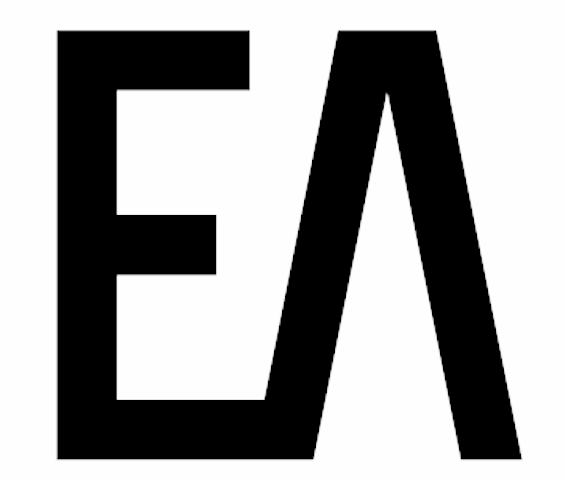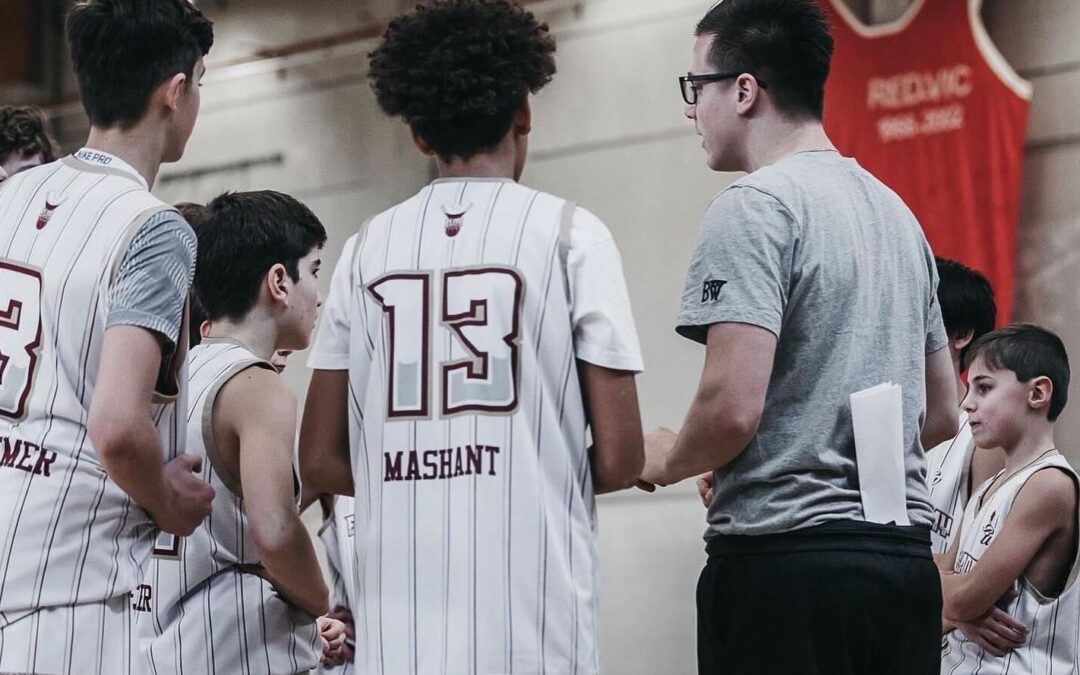First Experience with P&R
In Belgium it’s not allowed/policy to not use P&R in the Under 14(U14) age group. It’s a big change going from interchanges and handoffs to being able to use and guard physical contact in a P&R.
Recently we had a great clinic from Peter Lonergan. It was about 2-way teaching the P&R. I incorporated some ideas to give the guys a first, or some more, experience with P&R.
We define some parameters in our practice plan which I will explain below with the actual Practice Plan used added as a PDF.
Practice Type
- Build
- Maintain
- Recovery
We define this to have a clear understanding of what we are doing in practice. If we want to build on something that’s new, we put Build in bold. The P&R was a new experience for most of the player
during this off-season practice. If it’s something they already know but want to maintain on a regular base it’s coded M. Same for recovery.
Practice Features
- 1 item
- 2 items
- 3 items
Players at this age are most likely to remember 1-3 things they did during practice. We want our practice to be centered around 2 or 3 areas in which we train. It also gives us a quick review about what we already did in previous sessions. In this example it featured: P&R 2-way teaching the basics and 3v2/3v3 scenarios.
Pre-Practice Checklist
- Greet every player
- Materials gathered
- Last review on plan
- Obstacle free court
Connections are the most important part of coaching. I want to greet every player before practice or if not possible before, during the warming up. You can have a quick chat on how they feel (injuries/emotional state) and bond. For us, with EA, we have players from outside the academy jumping in on practice in the off-season. This means asking their name and remembering it/using it
during practice.
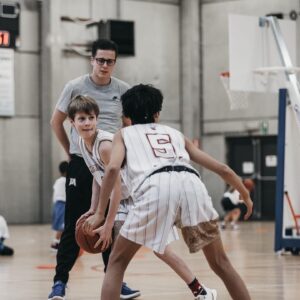 If you need materials, gather them before practice starts so you can start right away. Same for the obstacle free court. We, in the facility have a small court which can be dangerous if you have pylons or other materials on the side.
If you need materials, gather them before practice starts so you can start right away. Same for the obstacle free court. We, in the facility have a small court which can be dangerous if you have pylons or other materials on the side.
Last but not least evaluate your practice plan. Do you have more or less players as expected. As it’s off-season people can sign up or walk in. This means you must be able to adapt on the fly.
In the Practice plan you will see a column with TLC which means:
- T – Teaching
- L – Learning
- C – Compete
With Teaching it’s about new things, might be that you will do more talking and guiding. With Learning we let them play with it. Let them learn and fail. We go to Compete if they are able to do the required skill and are able to use it in game.
Practice Plan
Warming up
The warming up consist of agility and it’s built to prepare players for the contact that they will experience later on in practice. It’s also the best way to implement 2-way teaching. Without a ball they have to screen.
Instead of saying “place the screen in this angle with your feet in this position,” we let the kids figure it out themselves before we give them some teaching points. Our only verbal to the Offense: “Screen the defender”. To the defender we say: “Do whatever it takes to NOT get screened”
In the loads we describe key points or points players can change to improve the objective mentioned in the previous paragraph. We mention how to improve body placements and how to use their body for both offense as defense.
Core
The players are warmed up and have had a first experience in P&R. We go into 2v2 scenarios with guided defense. This means the defense has to play a certain type of defense and give a read. Why? This is done so we can teach them how to play against a coverage or see the solutions before it’s live.
To create some success, we initially said they can’t switch. This means they should be able to get an easy look. After that we give them other scenarios which they are most likely to see in game.
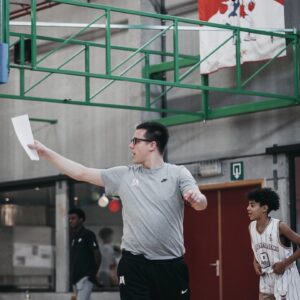 One of these loads I want to highlight is trapping. It seems harsh to trap players that are starting to use the P&R. But this is 2-way teaching. The defense has to give huge pressure on the ball and the ballhandler has to adjust and get used to being in a pressured environment. Outcome can go 2 ways:
One of these loads I want to highlight is trapping. It seems harsh to trap players that are starting to use the P&R. But this is 2-way teaching. The defense has to give huge pressure on the ball and the ballhandler has to adjust and get used to being in a pressured environment. Outcome can go 2 ways:
- Ballhandler turns it over on the trap
- Ballhandler finds the gap for a wide-open pass to the rolling player
Obviously, we want to see number 2 happen, but most likely it will be number 1. As a coach you now have the best possible scenario. They are failing, and it’s up to you to guide them to more success.
You can guide them to a backup dribble (Q: How do you get more space if they come up trapping you?), or to a pass (Q: Who is open if they trap and how can you reach them?).
Possibilities for passes are endless, most likely it can be a pocket (bounce)pass or a bullet pass, from behind your ear, between defenders’ heads (Steve Nash). Might even be a wrap-around pass (let them experience with what they come up with).
To give the offense a bit more of an advantage we use an extra player in the weakside corner. We tell them it’s 3v2 and the corner can’t move. Most of the time the offense is so busy with the P&R they don’t even notice they have a wide-open O3 on the weakside corner. That’s the moment we introduce the vision cues: Corner-Middle-Corner
We end our practice with multiple entries that start with P&R and have an advantage for either offense or defense. We move from 3v2 to 3v3 and give them a first experience into P&R scenarios.
Watch the Practice Plan below or click here to download Practice Plan that I used.
EA Online - Offseason practice 24-6-2020
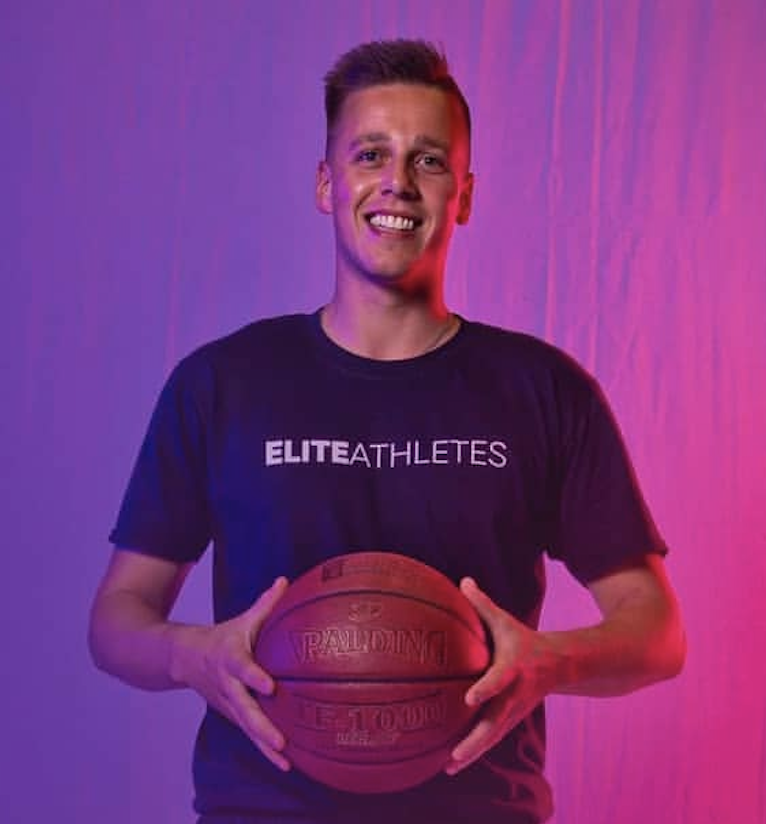
Mike de Kraker is Head Coach of our U16 boys and Co-Head Coach U21 team at the Elite Academy.
Follow Mike at @mikedkraker or twitter.com/Mike_de_Kraker
